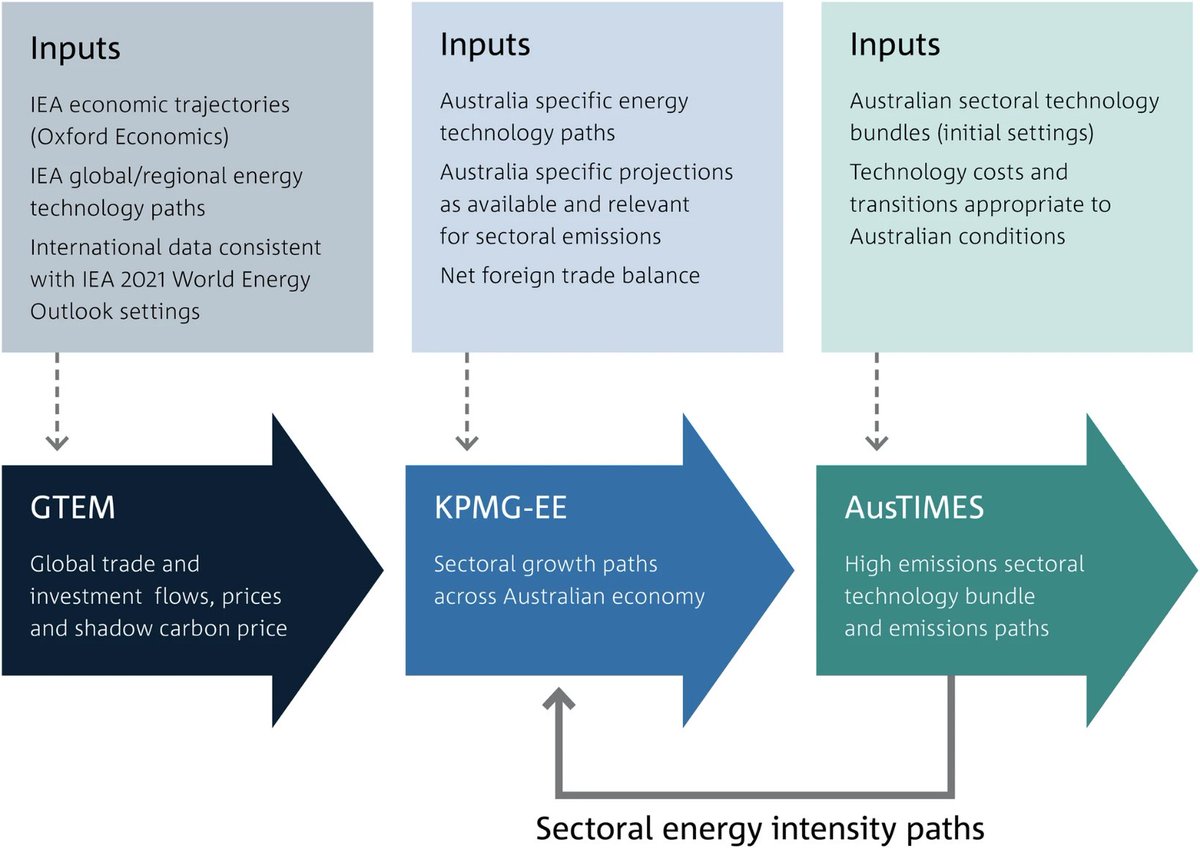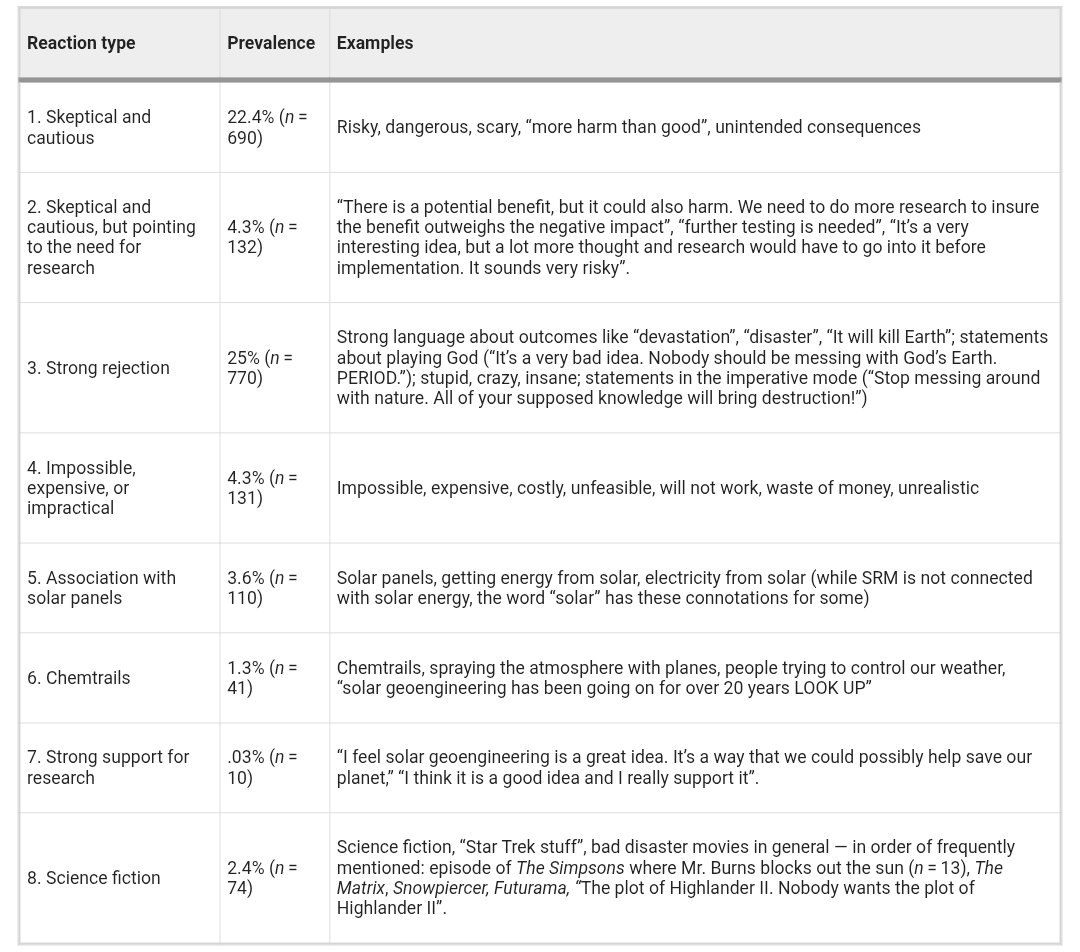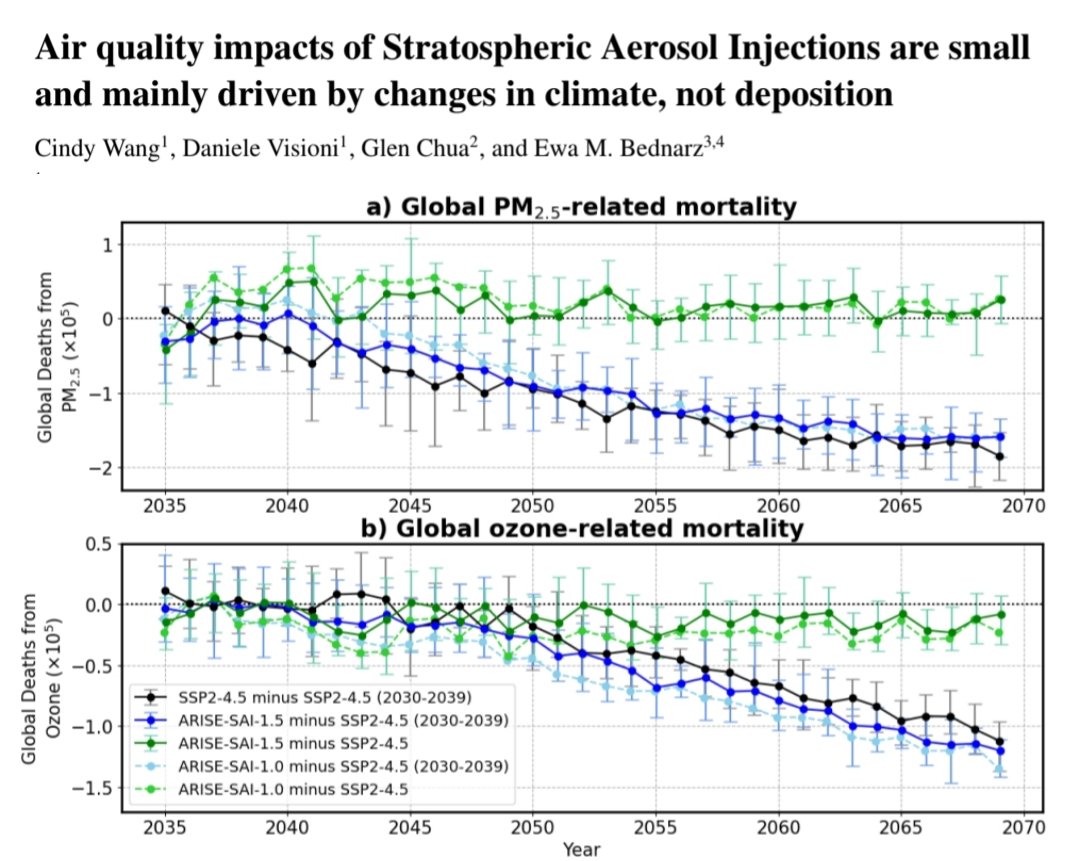🚨Enhanced Rock Weathering (#ERW) could remove up to 700 Mt CO₂ by 2070 in the UK if quarry production scales 5–10×.
Larger extraction sites boost efficiency but raise major social, logistical & policy challenges.
A new @CommsEarth study models the trade-offs.🧵1/11
Larger extraction sites boost efficiency but raise major social, logistical & policy challenges.
A new @CommsEarth study models the trade-offs.🧵1/11

2/ ERW involves spreading crushed silicate rocks on croplands to capture CO₂.
While previous studies examined its chemistry & agronomic benefits, this work focuses on the supply chain: can the UK sustainably scale rock extraction to meet net-zero needs?
While previous studies examined its chemistry & agronomic benefits, this work focuses on the supply chain: can the UK sustainably scale rock extraction to meet net-zero needs?
3/ The authors model deployment from 2025–2070 under 3 supply scenarios:
Low (32 Mt rock/yr), medium (97 Mt rock/yr) & high rock (166 Mt rock/yr) demand with variations in whether expansion relies on active, inactive, or new quarries.
Low (32 Mt rock/yr), medium (97 Mt rock/yr) & high rock (166 Mt rock/yr) demand with variations in whether expansion relies on active, inactive, or new quarries.

4/ Results show that concentrating production in fewer, much larger quarries, ~20x the size of today’s average, improves performance.
Optimisation through quarry location & timing raises net #CDR by ~20%, cuts transport demand by ~60% & reduces the no. of operating sites by 4x.
Optimisation through quarry location & timing raises net #CDR by ~20%, cuts transport demand by ~60% & reduces the no. of operating sites by 4x.

5/ Depending on the pathway, cumulative removal by 2070 ranges from 175 Mt CO₂ (low scenario) to over 700 Mt (high scenario).
That is equivalent to annual removals of 6–27 Mt by mid-century, covering roughly a quarter of the UK’s projected CDR requirement for 2050.
That is equivalent to annual removals of 6–27 Mt by mid-century, covering roughly a quarter of the UK’s projected CDR requirement for 2050.

6/ Yet these gains are tempered by efficiency trade-offs. As deployment scales up, average CDR/t of rock declines, since the best quarry–cropland pairs are used 1st.
Smaller caps & reliance on new quarries diffuse production, increasing transport distances & lowering efficiency
Smaller caps & reliance on new quarries diffuse production, increasing transport distances & lowering efficiency
7/ Logistics are pivotal.
Average haul distances stretch to 180–240km, far above the current UK aggregate average of 45km.
Northern Ireland & Sco emerge as key suppliers with much of their output shipped to croplands in England, demanding expanded freight & port infrastructure
Average haul distances stretch to 180–240km, far above the current UK aggregate average of 45km.
Northern Ireland & Sco emerge as key suppliers with much of their output shipped to croplands in England, demanding expanded freight & port infrastructure

8/ The env & social footprint is significant.
Quarry expansion could convert ~33Kha of land by 2070, mainly grassland & woodland.
These impacts r geographically concentrated, meaning a handful of communities would bear heavy burdens, while benefits of CDR remain national
Quarry expansion could convert ~33Kha of land by 2070, mainly grassland & woodland.
These impacts r geographically concentrated, meaning a handful of communities would bear heavy burdens, while benefits of CDR remain national

9/ Public acceptance is therefore crucial.
Dust, noise, and truck traffic often provoke strong local opposition, and just 7% of local authorities could host 2/3rd of the extraction.
Mechanisms such as benefit-sharing or restoration funds may be needed to ensure legitimacy.
Dust, noise, and truck traffic often provoke strong local opposition, and just 7% of local authorities could host 2/3rd of the extraction.
Mechanisms such as benefit-sharing or restoration funds may be needed to ensure legitimacy.
10/ Policy frameworks r currently ill-equipped for such rapid scaling.
Quarry permitting cycles often span 5–15yr, with many existing consents expiring by 2040.
Expanding current sites r more feasible than opening new ones, but both will demand approvals & long-term planning.
Quarry permitting cycles often span 5–15yr, with many existing consents expiring by 2040.
Expanding current sites r more feasible than opening new ones, but both will demand approvals & long-term planning.
The study concludes that ERW could play a major role in UK climate strategy, but only if it is treated as a socio-technical system: quarry logistics, infrastructure, environmental safeguards & community acceptance must all be aligned.
Paper:
🧵11/11nature.com/articles/s4324…
Paper:
🧵11/11nature.com/articles/s4324…
"Unroll" @threadreaderapp
• • •
Missing some Tweet in this thread? You can try to
force a refresh













